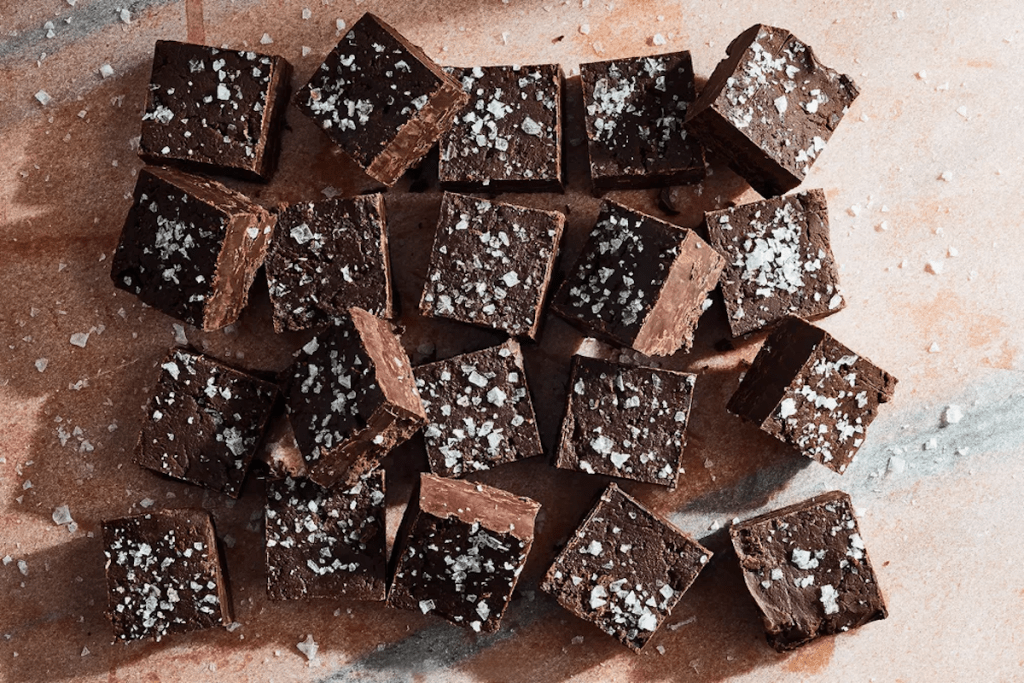For the past decade, my politics and science websites of choice beyond the big influencers [NY Times, Washington Post The Guardian, BBC and CNN] have been an eclectic and everchanging mix. Incoming has been Wired, MIT Technology Review, NPR, and RottenTomatoes. Constants are Politico, TheHill, ChristianScience Monitor, Pixlr/e, TheWeek.com/Cartoons. Outgoing/infrequently visited sites are TheDailyBeast, TheHuffingtonPost and FoxNews [for a weekly reminder of how sincerely beastly they can be. Warning – toxic Indoctrination may be upchuck debilitating].
But recently I stumbled on Salon.com and its an Incoming website for reading regularly. Here is a Whitman Sampler of what can be found at Salon.com.
Corporate donations flowed into Joe Manchin’s PAC ahead of his final “No” on BBB
Money from Goldman Sachs, Blue Shield and Lockheed poured into Manchin’s coffers as he worked to scuttle BBB.
By JAKE JOHNSON
PUBLISHED DECEMBER 23, 2021

-
Facebook
-
Twitter
-
Pinterest
-
LinkedIn
-
Tumblr
Sen. Joe Manchin (D-WV) (Chip Somodevilla/Getty Images)
New federal disclosures reveal that major corporations poured donations into Sen. Joe Manchin’s political action committee in the weeks leading up to his pivotal announcement on Sunday that he would oppose the Build Back Better Act, a stance that progressives argue is motivated by the senator’s deference to special interests.
CNBC reported late Tuesday that Federal Election Commission filings show that donors to Manchin’s Country Roads PAC raked in 17 contributions from corporations in October and 19 in November as he pared back and repeatedly threatened to tank the BBB package, President Biden’s $1.75 trillion social spending and climate legislation.
Manchin donors during that period, according to CNBC, included corporate behemoths such as Goldman Sachs, American Express, UnitedHealth Group, Blue Cross Blue Shield and Lockheed Martin, many of which took part in the massive big-business lobbying blitz against the bill, which included key child poverty-reducing benefits and significant investments in clean energy.
What’s really driving inflation? Corporate greed
Giant corporations with little to no competition are driving price increases.
By ROBERT REICH
PUBLISHED DECEMBER 1, 2021
The biggest culprit for rising prices that’s not being talked about is the increasing economic concentration of the American economy in the hands of a relative few giant big corporations with the power to raise prices.
If markets were competitive, companies would seek to keep their prices down in order to maintain customer loyalty and demand. When the prices of their supplies rose, they’d cut their profits before they raised prices to their customers, for fear that otherwise a competitor would grab those customers away.
But strange enough, this isn’t happening. In fact, even in the face of supply constraints, corporations are raking in record profits. More than 80 percent of big (S&P 500) companies that have reported results this season have topped analysts’ earnings forecasts, according to Refinitiv. Obviously, supply constraints have not eroded these profits. Corporations are simply passing the added costs on to their customers.
How can this be? For a simple and obvious reason: Most don’t have to worry about competitors grabbing their customers away. They have so much market power they can relax and continue to rake in big money.
The underlying structural problem isn’t that government is over-stimulating the economy. It’s that big corporations are under competitive. Corporations are using the excuse of inflation to raise prices and make fatter profits. The result is a transfer of wealth from consumers to corporate executives and major investors.
This has nothing to do with inflation, folks. It has everything to do with the concentration of market power in a relatively few hands. It’s called “oligopoly,” where two or three companies roughly coordinate their prices and output.
Why we can’t have a “meritocracy”: We have no idea how to measure worth
Under current conditions of capitalism, our only measure of worth is wealth — which leads to worsening inequality.
In 1999, NASA lost the Mars Climate Orbiter. The cause was later attributed to a measurement error. Whereas one team working on the project had used traditional U.S. measurements (inches and feet), another had used the metric system.
This same measurement problem plagues our financial systems attempt to assess the worth of economic actors in our supposed meritocracy, the pursuit of which was best expressed in 2011 by then-presidential candidate Mitt Romney. In a “merit-based society,” Romney explained, individual gain comes from hard work and not as a birthright, whereas in an “entitlement society” the fruits of one’s labor are redistributed to others. This definition underpinned his commitment to free-market capitalism (which he considered merit-based) as opposed to the welfare state.
How to create great chocolate the Lindt Way
Whatever you do, don’t put it in the fridge

-
Facebook
-
Twitter
-
Pinterest
-
LinkedIn
-
Tumblr
We are firm believers that you don’t need an occasion to bake something sweet, whether it be a layer cake worthy of a birthday party or a batch of cookies. The same can be said for fudge. While this confection is often seen displayed in a long lineup of treats at a holiday party, it can and should be enjoyed year-round. But since it’s the holidays and you asked, we’re here to explain the best way to store fudge, homemade or store-bought, on the counter or in the freezer.
Storing fudge anytime, anywhere
Here’s the thing about homemade fudge: It’s temperamental. Way more temperamental than most cookies, cakes, brownies and bars, and quick breads, in fact. You need a candy thermometer, good-quality dark chocolate, and a careful eye to make it. Fudge is for all intents and purposes, candy. It’s important to store fudge properly to ensure that its creamy texture stays smooth and that its color remains a rich, dark chocolate brown.
